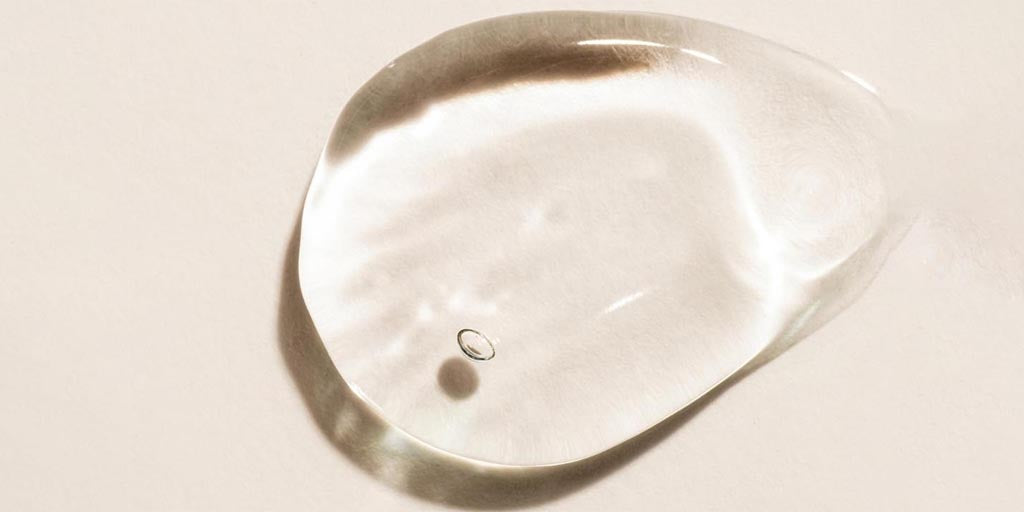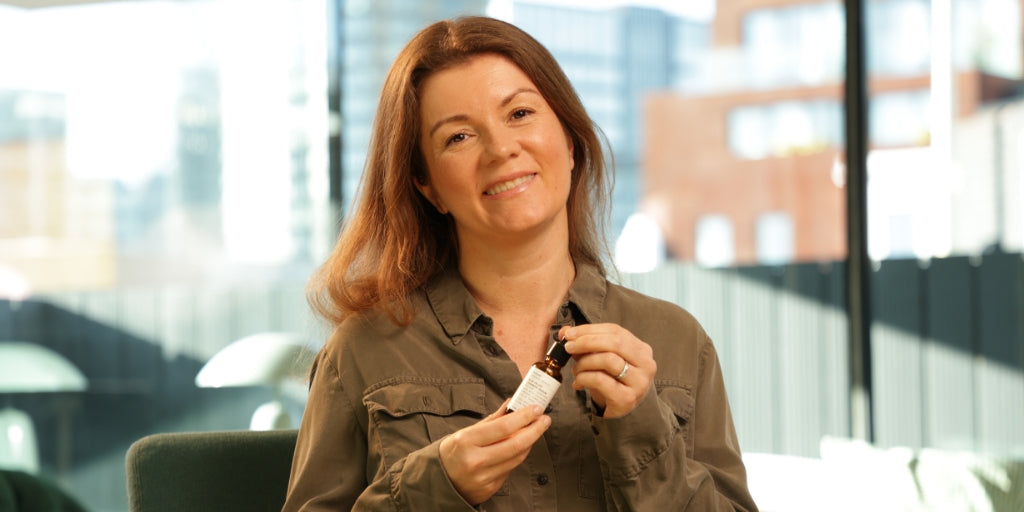As winter approaches and we draw nearer to the close of a turbulent year, finding joy in our everyday lives is more important than ever.
In her work on the aesthetics of joy, designer Ingrid Fettell Lee argues that changing your surroundings is the most easily accessible source in finding joy. By changing small, tangible things in our everyday settings we have the capacity to unlock joy in even the most monotonous, drab spaces and lead happier, healthier lives.
But what is joy?
And how do we create a joyful environment?
What is joy?
From cherished memories of laughter with friends, to beautiful landscapes and artwork, we all know what makes us feel joyful. However, joy can be one of the hardest things to define.
Broadly speaking, when psychologists describe joy, what they mean is an intense, momentary experience of positive emotion. Many religious teachings insist that pure joy can only be experienced once we let go of our attachments to worldly things; that joy is found within rather than outside of us. Modern psychology, likewise, embraces this inward lens, suggesting the way to a happy life is to change how we look at the world.

Yet, the fact that people from all walks of life tend to delight in many of the same physical things – such as rainbows, fireworks, flowers, balloons – would suggest that our material world can also evoke powerful emotions in us, so that certain objects commonly spark a feeling of joy.
By identifying recurring patterns in the physical properties of these items (otherwise known as aesthetics - the qualities that define the way an object looks and feels), we learn that while joy is simultaneously mysterious and fleeting, it is also accessible through tangible, physical attributes.These attributes can be reproduced, so that through small tweaks to our day-to-day environments we can harness the power of ordinary things to bring extraordinary happiness.
How do we make spaces more joyful?
Though joy is also specific and personal, the following is a guide to little things we can all do that have been proven to make interacting with our everyday spaces a more joyful, sustaining experience.
1. Splash Of Colour
Colour is a powerful tool for introducing joy into any space. This is because it is the interaction of colour and light that leads to the creation of a certain atmosphere within a given space. Bright colour makes our surroundings feel alive, which in turn energises us and changes how we engage with others. Brilliant colours also reflect light, making spaces feel airier, more open and more joyful because we feel more free. On the other hand, darker colours reflect less light and so result in darker, more sombre rooms.

To get the most joy out of colour, start by clearing the large surfaces, such as walls and floors. These should be painted in light hues, either in white or something similar, to make the room feel lighter and more open, giving you the illusion of more space.
You then need to introduce a few elements that bring in bursts of colour as this will help to re-energise the room and create an engaging sensory landscape. Perhaps a piece of bright, colourful furniture, or a few decorative objects? Other ideas might include a colourful duvet or blanket, or even just a few stripes of colour painted on a wall. Keep it simple with some fun technicolour desk stationary or, if you’re feeling really inspired, you could even design your own moodboard.
2. Natural Light
Natural light is an important feature of biophilic design, or design that promotes human happiness. This is because access to natural daylight triggers cells in the eye that signal the secretion or suppression of melatonin - the sleep inducing hormone that regulates our Circadian Rhythms. Too much artificial light, including from our device screens, can throw our Circadian Rhythms out of kilter and have physiological, cognitive and overall health consequences.
We can reset our Circadian Rhythms by designing spaces that increase our exposure to sunlight. To increase natural light in your space, try adding more mirrors or shiny objects, cleaning your windows, or installing a skylight, fanlight or glass door.
3. Maximalism Is The New Minimalism
Despite recent trends, minimalism can often leave us feeling lacklustre. This is because minimalism doesn’t actually make much sense from an evolutionary perspective. Historically, we as humans have always been drawn to abundance, as a sign of health, prosperity and vitality. If you transfer the logic to design principles, it’s clear that maximalism is also a signal here – it shows energy and creativity in the way you’ve created beauty in your home.

Try introducing a little joy into your space by embracing abundance. Some great examples to try could be anything from a brimming fruit bowl, to a natural plant collection to putting up some of your favourite art. The nice thing about maximalism is that everyone is different, so whatever your interests, your space will reflect its own unique combination of joyfulness and beauty.
4. Find Freedom In Your Garden
Gardens are wonderful for capturing that sense of freedom we all treasured as children setting out on our first adventure. They combine a number of joyful elements: natural light, radiant flowers and a sense of openness and possibility.
The trick to getting maximum joy from your horticultural hobbies is to let freedom reign. Rather than pruning your plants to perfection, opt instead to embrace the wild beauty of nature’s many gifts and design gardens only loosely. Doing so will give a much more dynamic feel to your garden, setting your spirit free in the process. If you don’t have your own garden, why not try taking a walk in a local park or green space, simply immersing yourself in the fresh air and wildlife and taking note of all of the smells, colours and feelings you experience as you go.

5. Feng Shui Creates Harmony, Which Promotes Joy
The ancient Chinese philosophy of Feng Shui has many practical applications for creating a harmonious space, which in turn can increase joy and happiness. The underlying principle of Feng Shui is that a form of energy called “chi” runs through all matter. If the flow of “chi” through a space is interrupted, the room’s harmony will be disturbed due to the pooling of stagnating energy. One way of understanding chi is to think of it almost as a small pet – can it move through the room freely without obstruction? If not, you might have bad Feng Shui.
The flow of energy starts right from your front door. If you want the entryway to your home to be joyful and welcoming, then it should be free of clutter. If you can barely open the door because of shoes, coat racks, boxes or pieces of furniture, it is likely that you will feel obstructed and slowed down even as you exit.
If you leave feeling burdened by thoughts of obstacles, this can follow you for the rest of the day and have a big impact on your mood. You may even find yourself becoming increasingly irritable because of it. The same applies when you arrive home. If you return to a welcoming and open space you are likely to feel much more relaxed, and this will lead to the generation of joy.

The idea that open space promotes joy is similarly encapsulated in the Savannah Hypothesis, which suggests that human preference is to be in lush Savannah-like environments where we can see potential threats or prey across open grassland from a place of safe refuge. Most often we see this in work spaces, where open-plan areas will be combined with enclosed desks, privacy screens and meeting rooms to enable both excitement and exploration along with quiet areas that allow us to restore mental and physical focus. So, to boost joy through the layout of your space, opt for a balance of open areas along with places of safe refuge, such as a cosy sofa or a reading corner.
6. Get Playful
There is more joy in quirkiness than convention, and design is there to remind us of that. One example of this is Italian designer and architect Gaetano Pesce and his eclectic Up5 chair. With its frameless structure, brightly coloured stripes and undulating curves, Pesce could not have created something further from the sharp, geometrical chairs we conventionally use. Yet, it was exactly because of Pesce’s playful combination of organic and surprising forms that his chair elicited so much joy. The moral of the story is clear: by repressing our individuality we suppress joy.
When refreshing your space, don’t be afraid to embrace the quirks that make each of us unique, play with new forms and break convention because it is this wealth of shapes, textures, colours and patterns that makes the world such a glorious place.
7. Foster Awe
Awe can be defined as that feeling of rapture and insignificance when you witness a breath-taking sunset or an enormous mountain. It is the reminder that we are all tiny beings in an infinitely vast world. But while we all know that experiences of awe are part of the joy of life, did you also know that architecture can invoke awe in us?
This has been demonstrated historically by magnificent, imposing places of worship, as well as more modern examples like Grand Central Station’s cavernous hall or the gigantic skeletons we see at the Natural History Museum. These awe-inspiring phenomena can be incorporated into our day-to-day spaces to make them more joyful. For instance, if you love sunsets, make your interiors more joyful by introducing ombre wallpaper and warm coloured lighting. If you love forests, why not add a few rustic touches and some potted greenery?

8. Keep A Joy Journal
Lastly, by noting down whenever something makes you feel happy or exclaim “Wow!” you will develop a clear picture of your aesthetic preferences and the types of experience that fill you with the most joy. Armed with these facts, you’ll know just how and when you can introduce more of that joy into your life, enabling you to create your own perfect paradise.
For more great tips on embracing joy in our everyday lives, take a look at Ingrid Fettell Lee’s book, Joyful, which provided inspiration for this blog.
You May Also Like:





